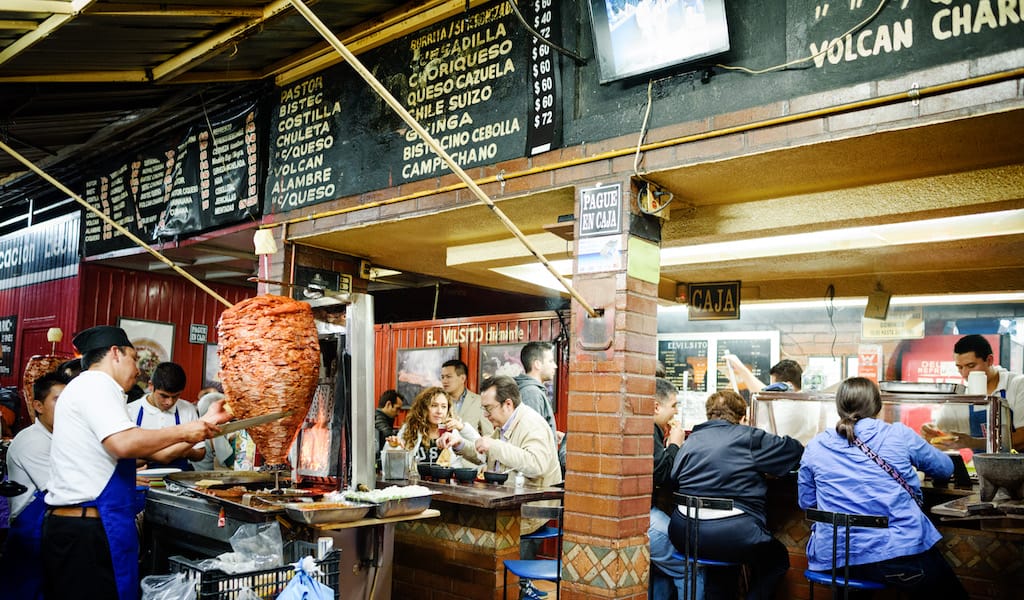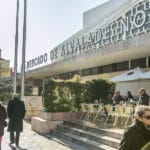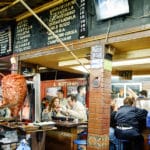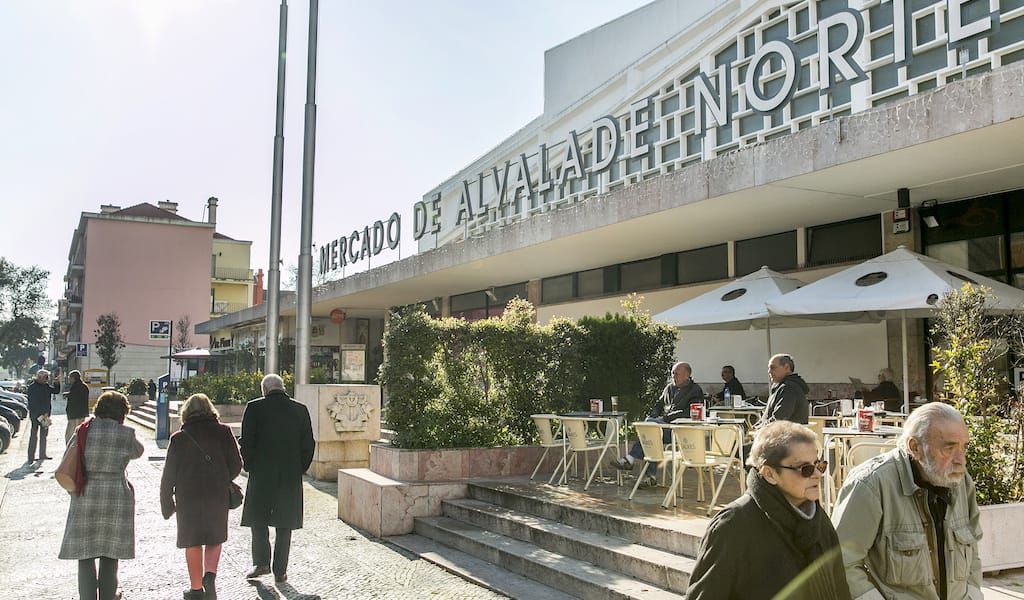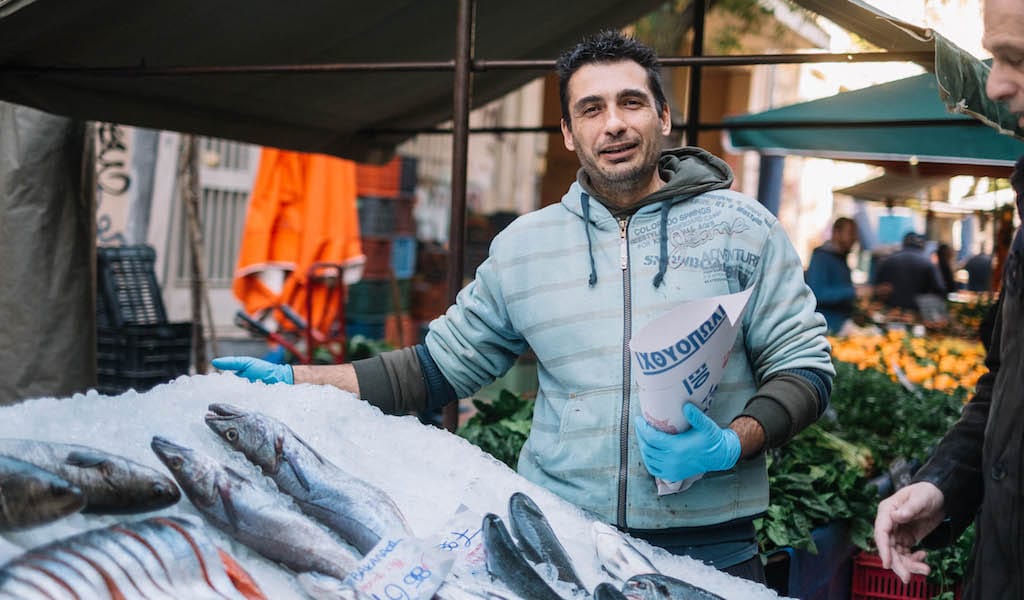As the calendar year turns over, we’ve grown accustomed to the barrage of lists telling us where to travel during the next 12 months. Often these places are a country or even a whole region – you could spend an entire year exploring just one of the locations listed and still barely make a dent.
We like to travel on a smaller scale. Forget countries and cities, for us the neighborhood is the ideal unit of exploration. Celebrating neighborhood life and businesses is, of course, essential to what we do as Culinary Backstreets. Since our founding in 2012, we’ve been dedicated to publishing the stories of unsung local culinary heroes and visiting them on our food walks, particularly in neighborhoods that are off the beaten path.
Plus, we recognize that tourism, while a justifiably important economic force in many cities, can devastate the urban ecosystem if not distributed responsibly into neighborhoods otherwise neglected by the travel industry. To help that process along, two years ago we launched an annual “Neighborhoods to Visit” guide, featuring areas off the main tourist trail from all the cities that we cover.
Yet as various other annual “must-visit” guides have made clear, following the same formula year after year can lead to selecting destinations solely for the purpose of a complete list. So we’re changing it up in 2020, focusing on a smaller selection of neighborhoods (as well as the people and places that keep them going) that truly deserve the extra attention. Below is a compilation of six less-visited areas that our correspondents are eager to explore this year:
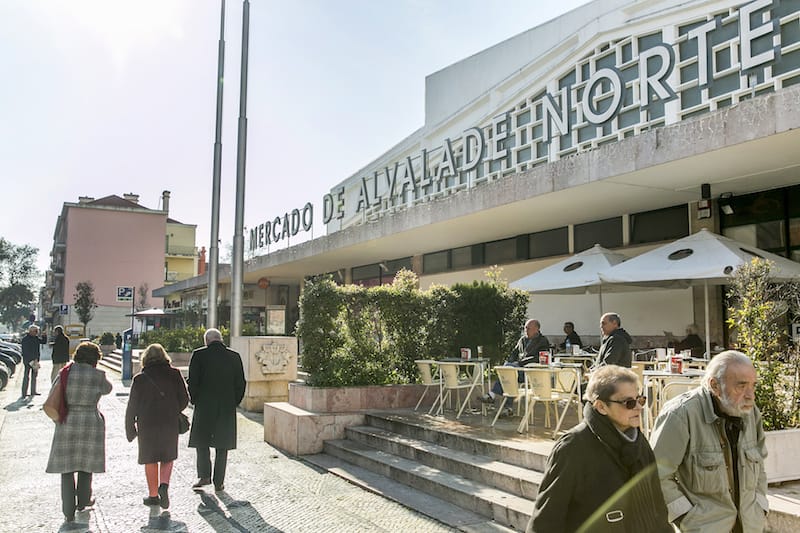
Lisbon: Alvalade
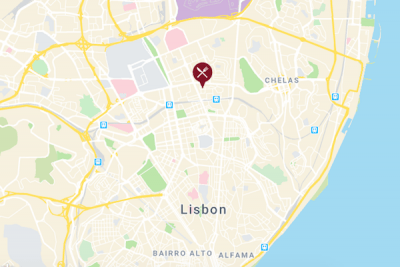 Close to the airport, the neighborhood of Alvalade is on the periphery of Lisbon. But its distance from the city center has perhaps been a blessing in disguise, preserving the vibrancy of this residential neighborhood.
Close to the airport, the neighborhood of Alvalade is on the periphery of Lisbon. But its distance from the city center has perhaps been a blessing in disguise, preserving the vibrancy of this residential neighborhood.
Designed and built in the 1940s, Alvalade was mostly built over farms and agricultural fields. Its modernist urban plan brought a breath of fresh air into the city, as architects had huge swaths of land to play with. Both middle-class and rent-controlled buildings in the area have won awards and inspired architects over the years. Moreover, it’s a neighborhood with an amazing density of shops, cafés and restaurants. Maybe because of that we don’t really notice the lack of historical landmarks, or maybe it’s the clever architecture.
With only a few short-term rentals, hotels and hostels, it’s rare to see tourists in this part of town. But there’s a good chance of bumping into someone you know, especially in the busy shopping area of Avenida da Igreja and Avenida Rio de Janeiro around the market. We even bumped into our CB compatriot Tiago Pais and his bike while strolling around the neighborhood recently. He says: “I live in Alvalade, I work in Alvalade, and I wouldn’t choose any other neighborhood to concentrate my life in this way. In the restaurants – there are so many good ones – they call you by your name, in the grocery shops we can pay another day, in the streets we always find someone we know. There are shops for everyone, and the cherry on the cake, it’s a flat neighborhood, away from the seven hills, which means you can use a bike as your primary transportation.”
Like in Campo de Ourique (another flat and lively shopping neighborhood), Alvalade has a central market that gathers many other businesses around it, mainly restaurants, cafés, and bakeries but also butcher, bike, and flower shops, and even a fire station. One of our favorites is Mariazinha, an old coffee and tea specialist that originally opened in Baixa in 1934 but moved to Alvalade in 1957. Paulo Manso and his daughter Inês Manso are now taking care of the lovely shop, where you can buy origin coffee beans from Angola, Brazil or São Tomé, tea from the Azores or Mozambique, or just some specialty Portuguese cookies. “In the last five years we started to have more young people buying here in addition to our usual clients,” Paulo tells us.

Inside the market, we find Maria de Fátima Soares selling fruit and vegetables in a spotless and tidy stall. Exceedingly friendly and stocking only quality produce, she has been selling here for the last 40 years. Although Fátima has technically retired and her daughter leads the business, she still helps out at the stand. She sees more young people in the market nowadays, whereas 25 years ago, when supermarkets invaded the area, they were few and far between. The Alvalade market seems to have found a formula – different from those in central Lisbon – that works for them, attracting locals with fresh produce and food shops inside, and even a playground for kids.
Traditional restaurants and tascas abound, including one in the market appropriately called Mercado de Alvalade, which will special order fresh fish or seafood from market vendors even if it’s not on the menu. Other notably delicious spots are Solar Minhoto, Adega da Bairrada, Os Courenses, Sem Palavras, Rio de Mel (famed for their barbecue chicken) and Salsa e Coentros. For some great Portuguese cheese and cured meats, we head to the long-standing Charcutaria Riviera. Pastelarias like Carcassone and Pau de Canela are always busy, as is the excellent ice cream shop Conchanata.
At same time, Alvalade has seen newcomers like Pasta Non Basta (Italian food), Isco (sourdough bread, pastries and wine) and Soão (Asian food). But there’s more than food. Uma Lulik, an art gallery, brings contemporary art from Africa, the Middle East, South America and Southern Asia. The bookshop Legendary Books is quite popular, selling old and new editions of comics and manga. Located on the same street, STET is a specialist in photography books, and, like the offices of the newspaper Observador, has moved from Bairro Alto to Alvalade. There’s definitely something going on in this neighborhood. We wonder if this was what Portuguese writer José Cardoso Pires called “the mysteries of Alvalade”? – Célia Pedroso
Published on January 14, 2020
Related stories
January 21, 2021
LisbonIt’s hard to imagine now, but Alvalade, a neighborhood north of downtown Lisbon and close to the airport, was comprised mainly of fields in the early 20th century, with farms in the area supplying the Portuguese capital with dairy products as well as fresh fruits and vegetables. Those farms may be long gone, but this…
January 14, 2020
Marseille | By Culinary Backstreets
MarseilleAs the calendar year turns over, we’ve grown accustomed to the barrage of lists telling us where to travel during the next 12 months. Often these places are a country or even a whole region – you could spend an entire year exploring just one of the locations listed and still barely make a dent.…
May 12, 2021
AthensQuick bite: On our Keramikos food tour, we will walk through the weekly street market and get a taste of the creativity and tradition that reside here, visiting neighborhood institutions, both old and new. From Cretan homecooking to classic Northern-style pastry, spankingly fresh seafood to souvlaki al fresco, it’s a miracle that Keramikos remains a…







































